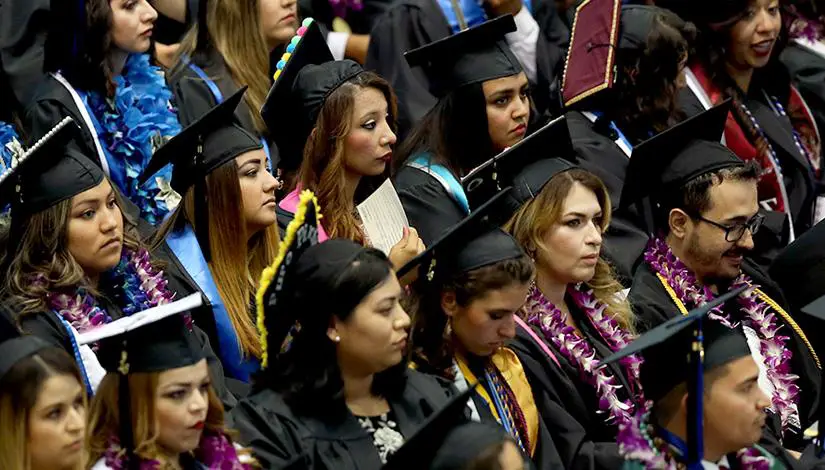Borrowers of color are finding it more difficult to pay off their student loan debts than their white counterparts, according to a new Demos report.
In comparison to the typical white male borrower, who has paid off 44 percent of his loan balance 12 years after beginning college, the average black male borrower has defaulted on their loans within the same period of time. Furthermore, the average black female borrower typically owes over 13 percent more than she originally borrowed due to interest rates.
Loan default rates are quite high among older students, Native American females, Blacks and Latinos. 48 percent of students who began college between the ages of 24 to 29, and 37 percent of those who began in their thirties ended up defaulting on a loan.
Among Black students, 55 percent of males and 45 percent of females default on their loans within 12 years of starting college. This number stands at 35 percent for both male and female Latino students.
“The burden of student debt reaches deep into communities of color, and increasing evidence suggests that it is hampering the ability to build wealth in the ways Americans have traditionally done,” the report states.
Most Black, Native American, Latino and students belonging to more than one race, including white females, fail to make a dent on their original balance owed on federal loans.
The report also found a huge disparity in median net worth among different racial groups. Education pays off for white families in comparison to families of color, who lag far behind the wealth accumulation despite possessing similar levels of education.
A typical college-educated white family has nearly $400,000 of net worth, while Blacks and Latinos with the same educational attainment levels have $68,200 and $76,500 of net worth respectively.
A recent study conducted by the University of Illinois and the University of Michigan found that loans negatively affected the wealth accumulation of Black and Hispanic adults who owed an average of $14,670 when they graduated, compared to $2,946 for students of other races.
The report further suggested various policy options to resolve this student loan debt crisis, including wiping away a portion of all borrowers’ loan balances, especially low-balance borrowers who struggle to repay their loans.
“It is time for the federal government to seriously consider a comprehensive, equitable policy of student loan cancellation, rather than piecemeal solutions reined in by fear-mongering or phantom concerns about the federal budget,” the report reads.
It suggested canceling all or most debt for families below a certain income level, combined with a tax or surcharge on high-income families.
Earlier this year, Senator Elizabeth Warren, who is currently seeking the democratic presidential nomination, issued a detailed plan on student debt forgiveness which proposes canceling $50,000 of student debt held by borrowers with household incomes under $100,000. Those belonging to families which earn $100,000 to $250,000 would be eligible for relief on a sliding scale.
The report further sought forgiving a percentage of student loan debt for anyone enrolled in a Means-Tested Public Benefit Program at least two years after leaving college, improving loan repayment options, improving public service loan forgiveness, reform in bankruptcy laws, and protecting social security from debt collection.
Forgiving Student Debt is a Top Issue for Millennial Voters [Survey]



